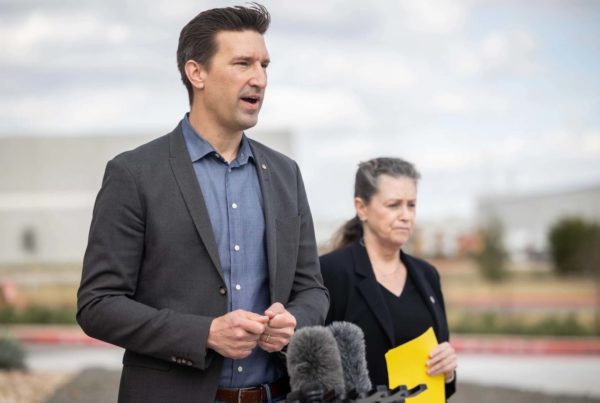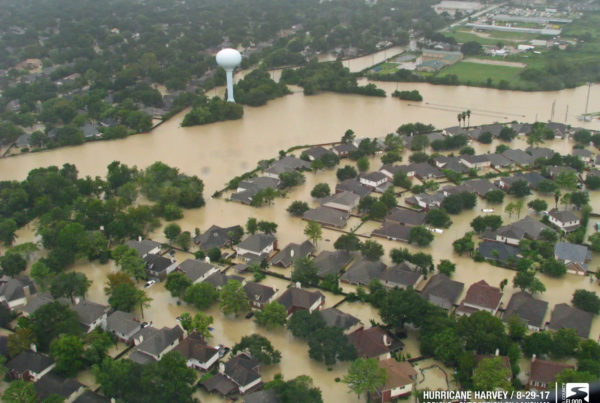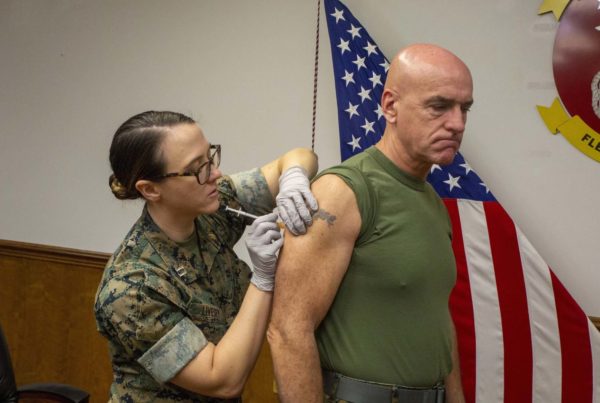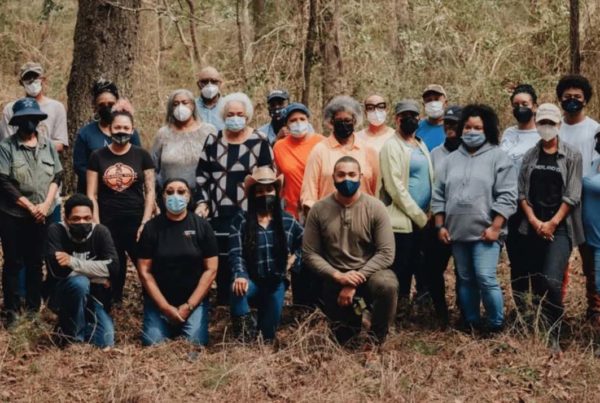The economy is in a bit of a strange place at the moment.
For one, unemployment is well beyond a 50 year low and wages have slowly ticked up – something economists generally like to see.
On the other hand, we’re dealing with things like high inflation and worker shortages. Although those issues are starting to subside, there’s still one big question economists are trying to answer – whether or not we’ll achieve what’s called a “soft landing.”
A “soft landing” is when the economy slows down a little, bringing down things like inflation, without triggering a full blown recession.
Emily Kerr is senior business economist with the Dallas Federal Reserve and she’s been tracking this closely. Last week, she co-authored some research suggesting that the resilient Texas economy will pull off a soft landing. She joined the Texas Standard to talk about how she and other economists are thinking about the state’s economy.
Listen to the story above or read the transcript below.
This transcript has been edited lightly for clarity:
Texas Standard: What led you to the conclusion of a soft landing?
Emily Kerr: Yeah, so we’ve seen a major slowdown in growth. I mean, as you know, we had the recession prompted by the onset of the COVID-19 pandemic. And then in the wake of that, we saw extremely hot growth even in Texas – 6% in 2021. And we can’t sustain that speed for that long. And so, you know, a moderation was expected and we sort of saw that in 2022 – 3½% job growth. Normal for Texas is 2%, just to put that into perspective. And so as it ticks down, we do have quite a long runway, especially here in Texas, where we can see another step down of growth but still not fall into contractionary territory.
I think a lot of listeners may think, well, “what’s so wrong with growth?” But what you’re describing is that that kind of growth that we’ve had in Texas is unsustainable. And if something’s not done to try to tamp that down slowly, you can end up with a crash.
Yeah, that’s right. And so, I mean, one of the problems with growth that’s fast is you run out of workers. And so we saw that happen in Texas and elsewhere where these labor shortages were really impacting firms’ ability to keep up with demand. Then, of course, there were the supply chain problems that prompted costs rising. So all of this sort of snowballed into a lot of price growth. And so then comes inflation and affordability goes down for consumers and you want to find a better balance between good growth but not so hot that, you know, we end up at this price spike that’s really hard on consumers trying to afford things like rent and food and what they need.
Emily, what do you consider “good growth”? Is there a number that you think of as a target?
Yeah, so in Texas, our average sort of long run job growth is 2%. So we would consider that like a healthy level that’s higher than the U.S. Job growth in the U.S. is closer to 1%. So healthy for us is a little bit stronger than is healthy in many other states, largely because we have stronger population growth.
You know, I know a lot of people who’ve been laid off, in particular, over the past two or three months. And we’ve been hearing and reading a lot about layoffs in the tech sector. Where are the layoffs happening and where do things seem to be trending a little bit more aggressively downward than you would like to see?
Yeah, so you mentioned the tech sector. That was the sector, in particular, that saw really hot job growth in the wake of the pandemic during that recovery. And so normalization of, you know, back to a more sort of normal head counts. So we saw sort of a correction in that sector. But outside of high tech, where we’re feeling the pinch the most, are these interest rate-sensitive sectors. So banking, lending, housing… we’re seeing it first there, but now that’s started to spill over into manufacturing and the broader services sector. Not contraction, but much slower growth.
Last month, from what I understand, about half of all the companies that you all surveyed were looking to hire, which is down from about two-thirds in January. What do you make of these sorts of data points?
So as I mentioned, with demand and the economy growing so fast, so many firms were scrambling to hire and we’ve seen the turning point where they’re no longer searching for as many workers. Maybe they’re not laying off broadly, but they’re deciding they can make do with the workers they have while they kind of wait and see what’s going to happen – wondering if and when a recession is going to be coming.
Emily, if someone knocked on your door and said, “Listen, I’m looking for maybe a pivot point. I’m looking to shift because there just don’t seem to be enough jobs or people aren’t hiring.” What seems to be the hot place right now in Texas, from what you can tell?
So in Texas, because of our really robust energy sector, that is one sector – not even just specifically energy production, but there’s a lot of sort of ripple effects from the energy sector that is still in very high demand. There’s a lot of worker and equipment shortages. So even manufacturing that supports that industry.
But overall, I mean, we’re not seeing red flashing lights in the Texas economy. And so I think there’s a lot of companies broadly that are still looking for workers. There’s still a lot of opportunities for workers and hopeful that Texas can do what it’s done before, which is outlast the U.S. – even as as the U.S. maybe turns into a lot slower growth or even contractionary territory – because of the mix of our economy.















